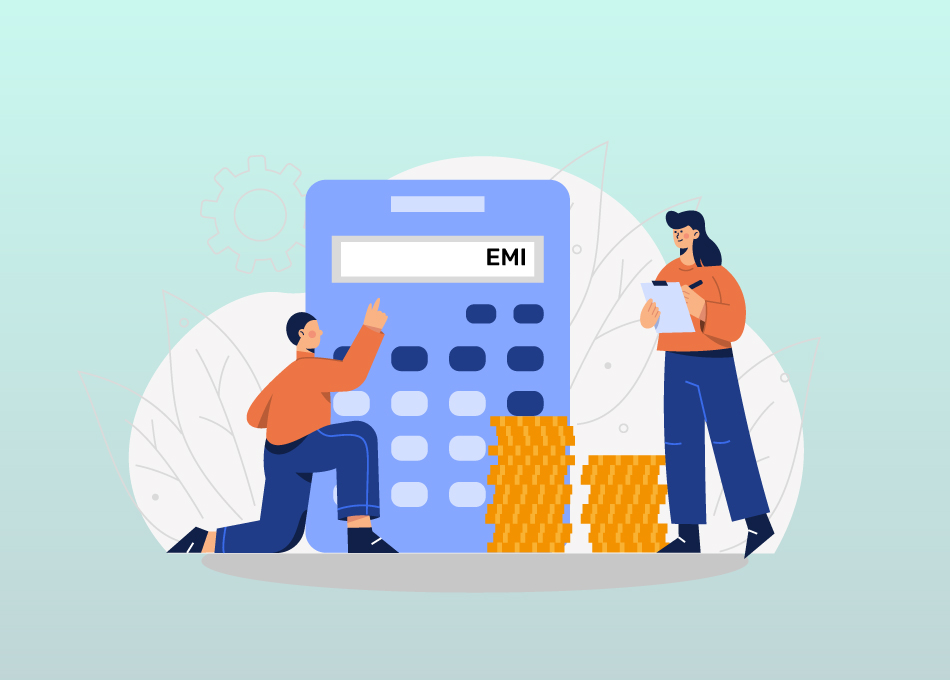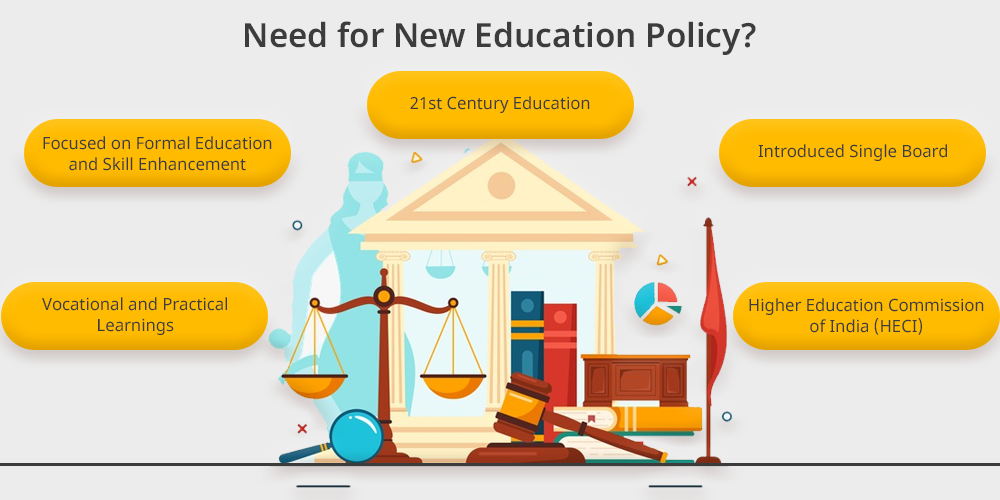
A personal loan can be a lifesaver when you need quick cash for emergencies, paying bills, or handling other expenses. For a relatively small amount like Rs. 30,000, a personal loan offers a fast and convenient way to cover immediate needs. However, even with a smaller loan amount, it’s essential to keep a few things in mind to ensure the loan works in your favor.
Here are four key things to consider before applying for a Rs. 30,000 personal loan.
- Understand the Eligibility Criteria
Before applying for a Rs. 30,000 personal loan, it’s important to make sure you meet the lender’s eligibility requirements. These criteria can vary depending on the financial institution but generally include factors such as:
- Age: Typically, applicants should be between 21 and 60 years old.
- Income: You need a steady source of income, whether you are salaried or self-employed. Lenders may have specific minimum income requirements for small loans like Rs. 30,000.
- Employment: Many banks prefer salaried employees as they are seen as having a more reliable source of income. However, self-employed individuals can also qualify for personal loans, provided they have proof of stable earnings.
- Credit Score: Your credit score plays a major role in determining your loan approval and interest rate. A score above 700 increases your chances of securing a personal loan with favorable terms.
Checking if you meet these criteria beforehand can save you time and effort. It’s also a good idea to ensure your credit score is in good shape before applying, as this can improve your chances of getting the best interest rates.
- Compare Interest Rates and Additional Costs
While a Rs. 30,000 personal loan may seem like a small amount, interest rates can significantly affect your repayment amount. Different lenders offer varying interest rates, so it’s wise to compare the rates before making a decision. Even a slight difference in interest rates can impact the overall cost of the loan.
Apart from interest rates, watch out for additional costs like:
- Processing Fees: Lenders usually charge a processing fee, which can be 1-2% of the loan amount. For a Rs. 30,000 loan, this would be around Rs. 300 to Rs. 600.
- Prepayment Charges: Some lenders impose penalties if you pay off your loan early. Check the prepayment terms to avoid any surprises if you decide to clear the loan ahead of schedule.
- Late Payment Fees: If you miss an EMI payment, you may be charged a late fee. Ensure that the EMI is affordable and fits within your budget to avoid such charges.
By comparing different lenders, you can find the one that offers the most competitive rates and favorable terms for your Rs. 30,000 personal loan.
- Choose a Suitable Repayment Tenure
The repayment tenure is a crucial factor that will determine the amount of your monthly EMI and the total cost of your personal loan. Most banks offer flexible repayment options, ranging from 12 months to 60 months.
Here’s how different tenures affect your loan:
- Short Tenure: A shorter tenure means higher EMIs but lower overall interest costs. This is ideal if you want to pay off the loan quickly and save on interest.
- Long Tenure: A longer tenure reduces your monthly EMI but increases the total interest you pay over the loan period. This option is better if you prefer a lower EMI and more time to repay the loan.
Choose a repayment tenure that balances affordability with total interest cost. If you can afford higher EMIs, opting for a shorter tenure may help you save money in the long run.
- Ensure You Can Afford the EMI
One of the most important things to consider before applying for a Rs. 30,000 personal loan is whether you can comfortably manage the monthly EMIs. Missing payments or defaulting on a personal loan can harm your credit score and lead to hefty penalties.
Before applying, calculate the monthly EMI for your desired loan tenure using an online EMI calculator. Consider all your existing financial commitments, such as rent, utility bills, and other loans, to determine if the new EMI will fit into your budget.
It’s essential to have a repayment plan in place, ensuring that you won’t fall behind on payments. A good rule of thumb is that your total EMIs, including the new loan, should not exceed 40-50% of your monthly income.
Conclusion
Applying for a Rs. 30,000 personal loan can be a quick and efficient way to meet urgent financial needs, but it’s essential to consider the factors mentioned above. By understanding your eligibility, comparing interest rates, choosing the right tenure, and ensuring you can afford the EMIs, you can make a well-informed decision that aligns with your financial situation.
Taking the time to research and plan will help you secure a Rs. 30,000 personal loan with terms that work best for you, making the repayment process smooth and manageable.




